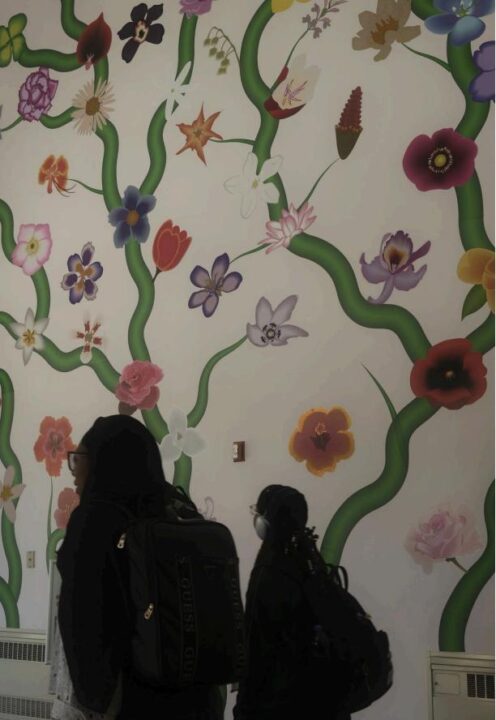Musical theatre has changed in many ways over time, with their themes being one of the most prominent. From the original classics with stories of romance highlighted by extravagant dance numbers, to the more current musicals drawing attention to the greatest troubles in society, classic musicals such as “My Fair Lady,” “Les Miserables” and “Oklahoma” typically involve a young romance: a trope that has not completely died out, although singing and dancing would occur almost randomly in jubilant scenes involving the entire cast.
Most would begin with a form of stasis, whatever ‘normal’ might happen to be within the individual story. Almost immediately a main character is introduced, and shortly thereafter, the audience meets the protagonist’s love interest. A problem is revealed, and most of the plot that follows makes the issue worse before it is eventually resolved. Most of these famous, contemporary musicals conclude with an extravagant musical number that is complete with the entire cast onstage.
In shows such as these, the plot is central to one or two leading actors or actresses. Happy endings are always to be expected, as well as a swift resolution to a seemingly complicated problem. Since the time of classic musicals, Broadway’s way of telling stories has evolved into something more emotional and relevant than ever before.
Broadway musicals have adapted in order to address important aspects of society, such as depression and anxiety in young adults, and even the painful, arduous subject of suicide. Many modern musicals often involve serious subject matter, such as homosexuality and relationships. Some such musicals that show this evolution include “Dear Evan Hansen” and “Spring Awakening.”
These musicals tend to focus on more than one or two main characters, though they still have a few central main characters. They feature a few different yet still intertwining stories with characters living in the same world, though not entirely related to one another. This new era of musicals has not only shown itself to be relevant to current societal issues, but has also introduced musical theatre as an enjoyable hobby for a younger generation.
More than ever, young adults are interested in musical theatre. For the first time, enjoying show tunes is a well accepted hobby. Another modern adaptation could be the more recent outpour of parody musicals, such as “A Very Potter Musical” and “The Office: A Musical Parody.” These musicals tend to choose one or two aspects of society that contain some sort of flaw, and then characterize it in hilarious ways.
Parody musicals convey their message through the means of a popular book or television show. The Harry Potter book series is well known to most, and the Starkid produced “A Very Potter Musical” as a platform to draw attention to not only the inaccuracies between the books and films, but also to create their own hilarious characters out of the flaws of the original books. “The Office: A Musical Parody” is similarly represented, as the characters emphasize their most hilarious traits while also showcasing the most memorable moments of the original television show.
Though the classic musicals of the mid-90s were beautiful and often romantic, they have adapted into a style that perfectly showcases relevant and necessary themes.


